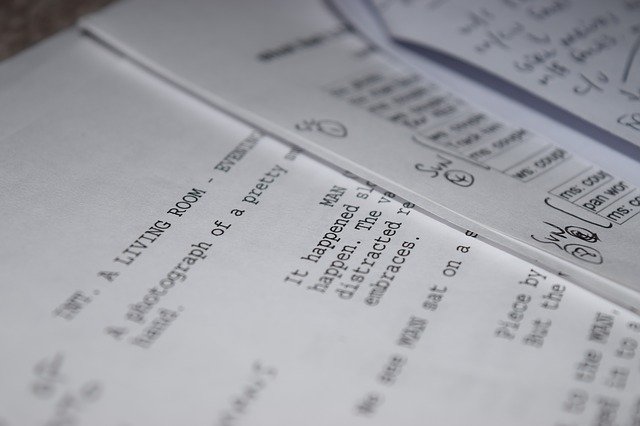In a case relating to copyright in the screenplay for the 2016 blockbuster comedy film Florence Foster Jenkins, the Court of Appeal has considered what kind of contribution is enough to qualify for joint authorship and consequently a share of the royalties. The Court emphasises that it is not just a question of who wrote the words, but that contributions of ideas, concepts, plot lines and characters may also count. The decision illustrates the importance in practice of coming to a contractual agreement about the respective shares of the contributors at an early stage where possible in order to avoid the many uncertainties involved.
The dispute – Kogan v Martin[i]
The film, starring Meryl Streep and Hugh Grant, featured the life of the New York society heiress Florence Foster Jenkins, a flamboyant amateur opera singer who could not sing, so people went to her shows to laugh at her. The screenwriter, Nicholas Martin, claimed sole authorship of the screenplay, while his former girlfriend, opera singer Julia Kogan, sought a declaration of joint authorship. Ms Kogan accepted that Mr Martin was the major author and did most of the writing, but claimed that she had contributed to many aspects of the screenplay, including the original idea, the character, the story and the dialogue. She said, “[we] bounced ideas off each other with such speed that it was impossible to know who came up with what specifically after the fact”.
The Intellectual Property Enterprise Court (IPEC) held that Mr Martin was the sole author. Ms Kogan appealed to the Court of Appeal, which upheld her appeal. However, rather than finding for Ms Kogan, the Court of Appeal sent the case back to IPEC for reconsideration. We await IPEC’s final decision on this.
Guidance on the characteristics of joint authorship
This Court of Appeal emphasises that joint authorship arises only where the work is a collaboration and the collaborators have a common design. Lord Justice Floyd gives the example of Ezra Pound, who proposed “very extensive deletions and revisions” to T.S. Elliot’s The Waste Land but was not a joint author because he was acting as a friend and critic, not as a collaborator. Crucially also, the Court underlines that it not enough to ask “who did the writing”: all those who created, selected or gathered together detailed concepts or emotions which are used in the work may qualify as authors. The fact that one person has the final say is also not decisive, although it may suggest that that author played a larger part so would have a larger share.
The contribution must be “authorial”
A key point is that in order to qualify as a joint author a person’s contribution must be “authorial” in nature, and what counts as authorial will differ with the type of work. In the case of a dramatic work such as a screenplay, contributions not only to the writing itself but also in relation to the “choice of characters and incidents in the film which will bring out the characters and display their emotions” as well as to the storyline and plot are likely to be authorial. Ms Kogan’s contributions to shaping FFJ’s character and to the plot of the screenplay in this case were therefore the kind of contribution that might qualify for joint authorship. But, even if her contributions were of the right kind, were they significant enough to qualify? The Court ties this question into the general originality requirement for copyright, which is based on the case law of the Court of Justice of the European Union (CJEU). The question will be whether the putative joint author has contributed “elements which are an expression of that author’s own intellectual creation, reflecting their own creative choices”. CJEU case law indicates that this is a low threshold – for example, in the leading case of Infopaq[ii], newspaper extracts of no more than 11 words were held to attract copyright. A contribution which involves mere hard work without any element of free creative choice (such as checking the continuity perhaps) will, however, not qualify.
Shares may not be equal
Finally, it is important to remember that the joint authors’ shares need not be equal. It is common for different contributors to be awarded different percentages of the copyright so that a collaborator who contributes a very small amount could – provided it was ‘authorial’ in nature – be awarded a very small share of the copyright. Having even a small share of the copyright rather than simply being paid for the work may, however, be very important in practice, because it goes to the question of control. For example, joint authors must all consent to the licensing of the work. Where there are joint authors it is, therefore, crucial in practice to have a contractual agreement between them in relation to exploitation.

 Charlotte Tillett
Charlotte Tillett